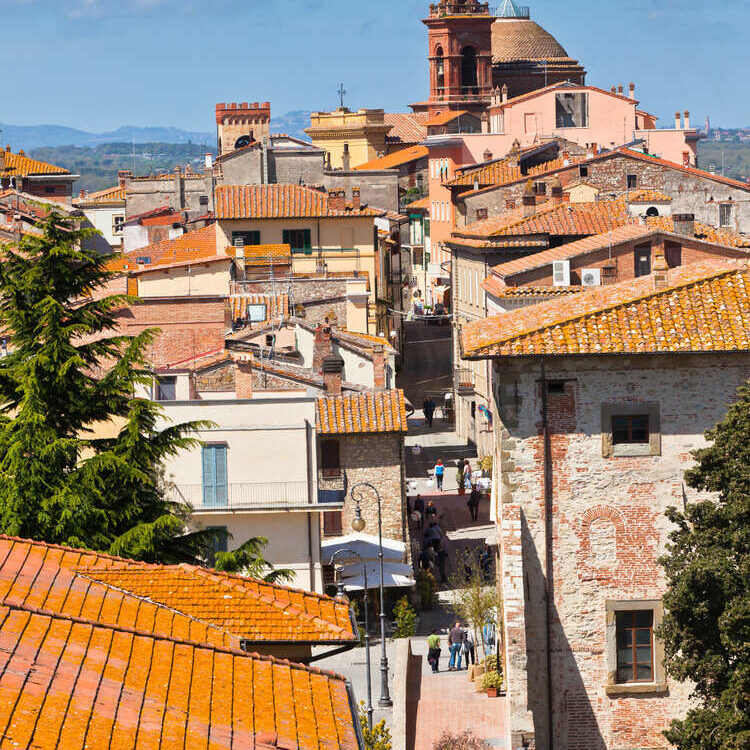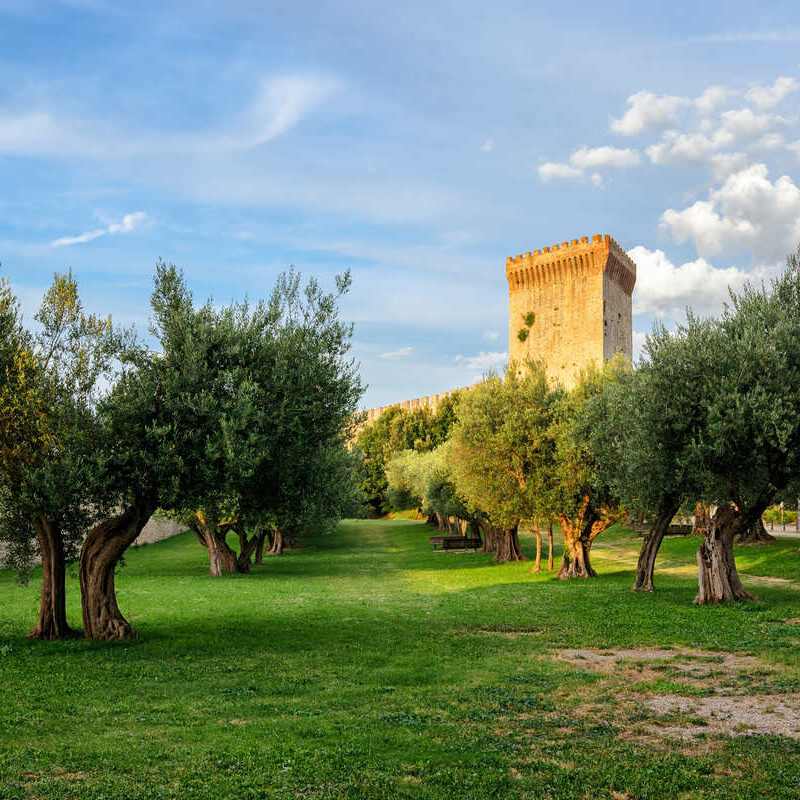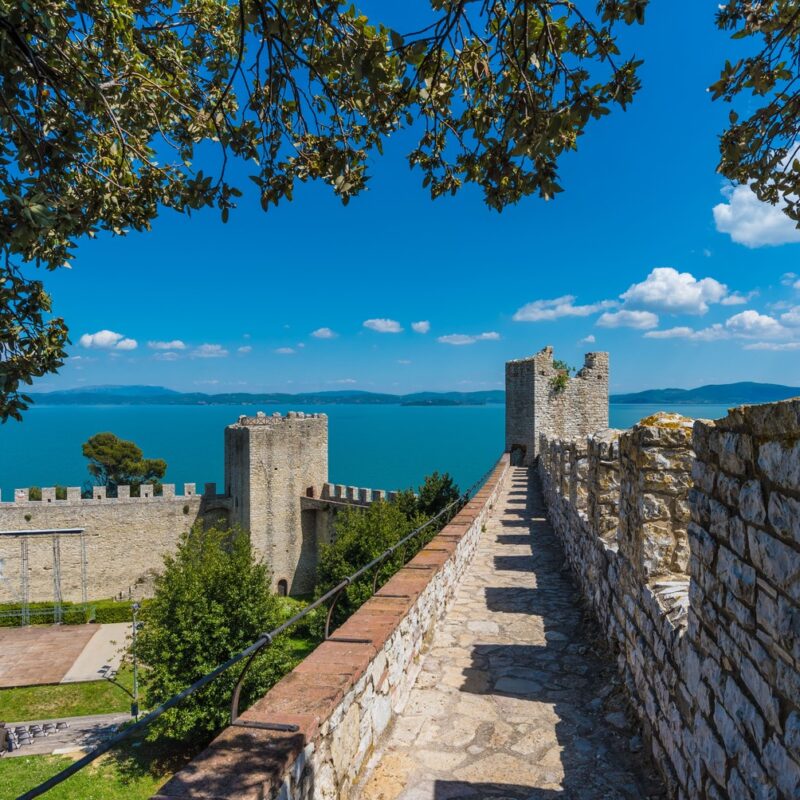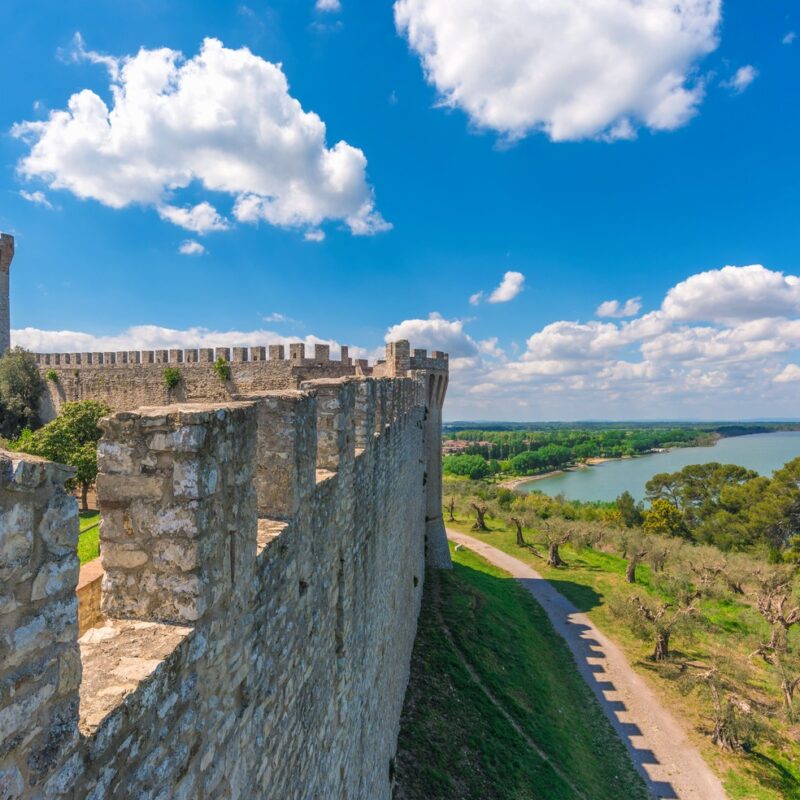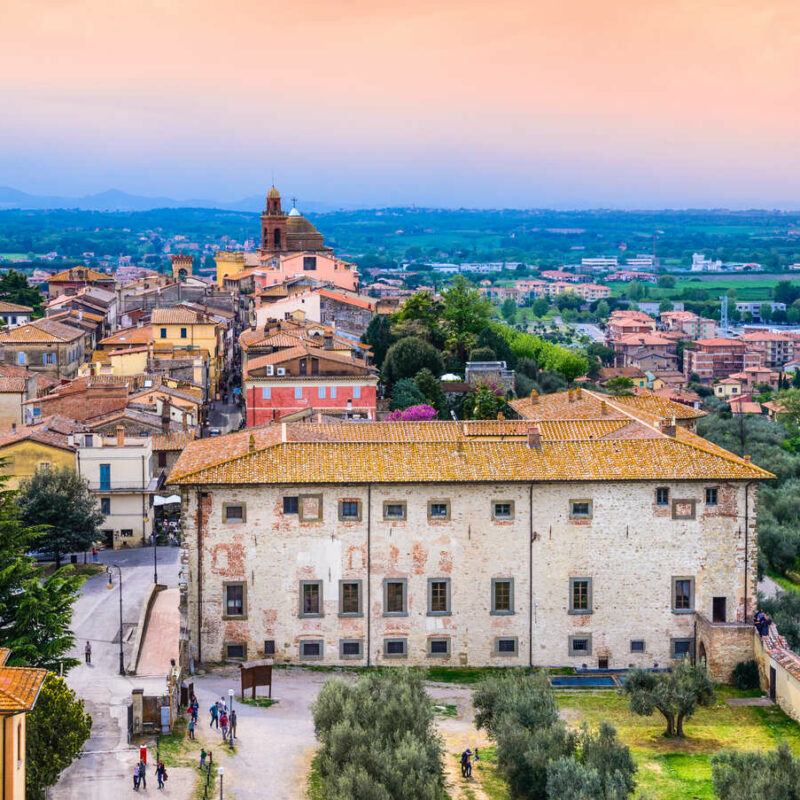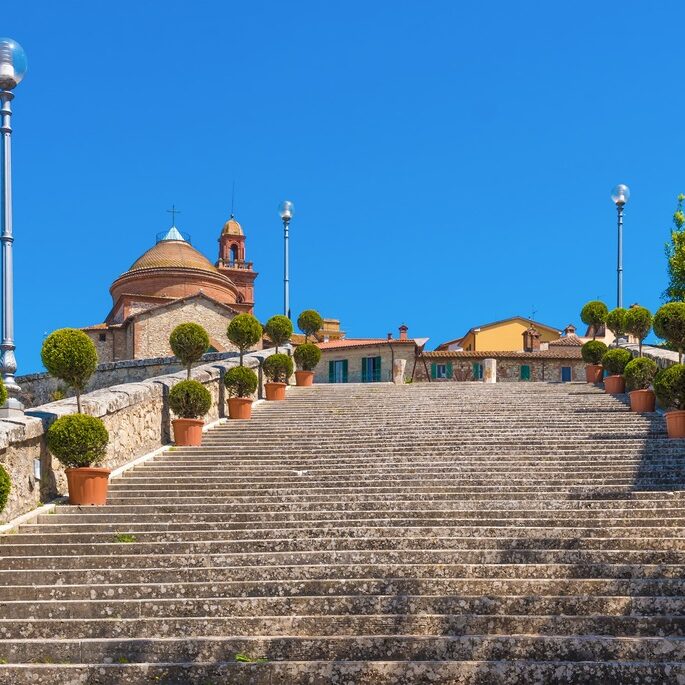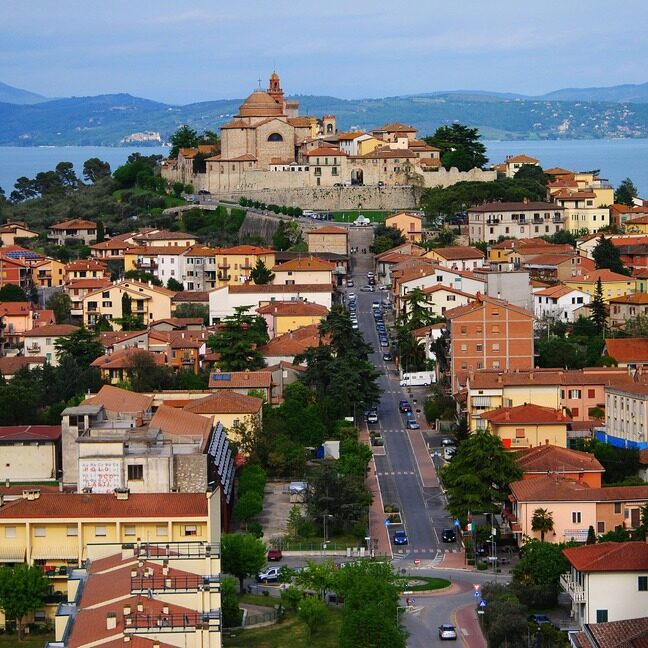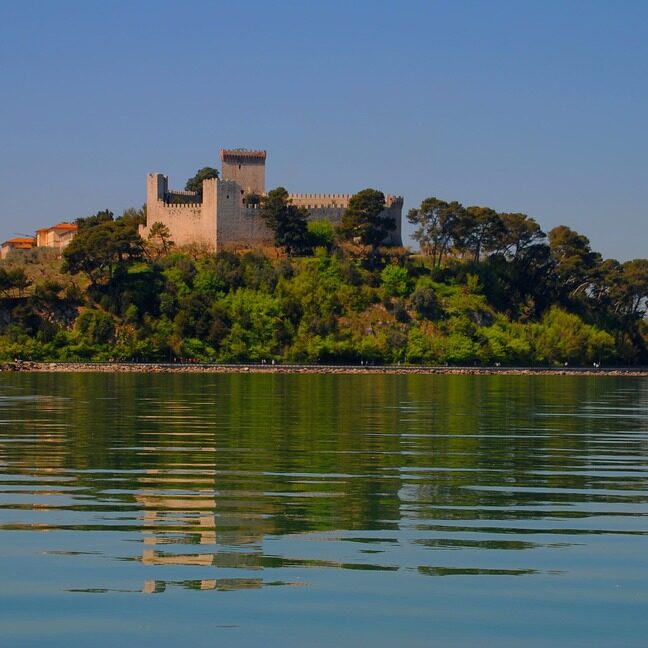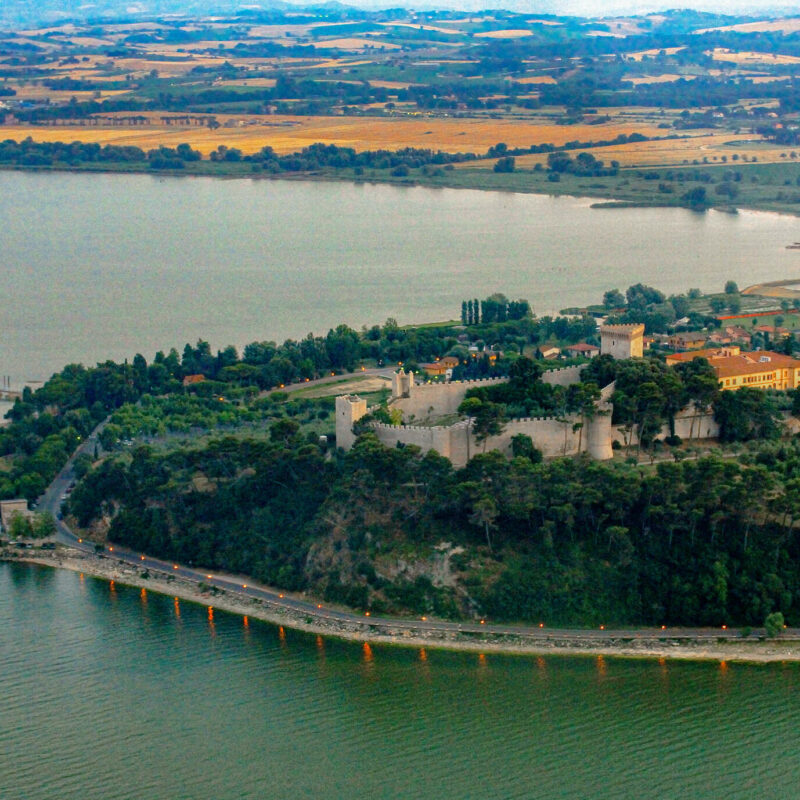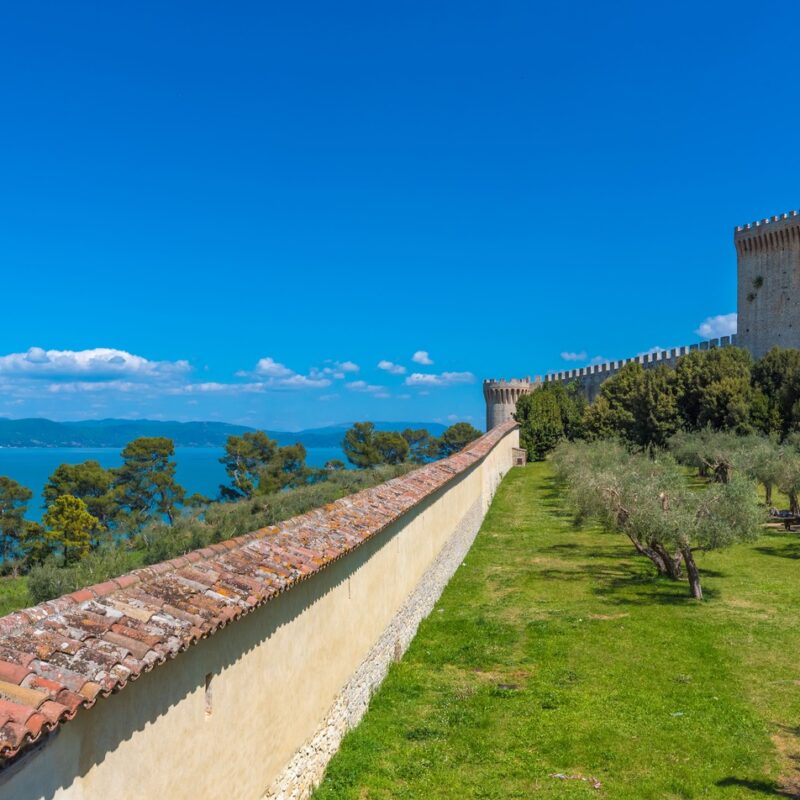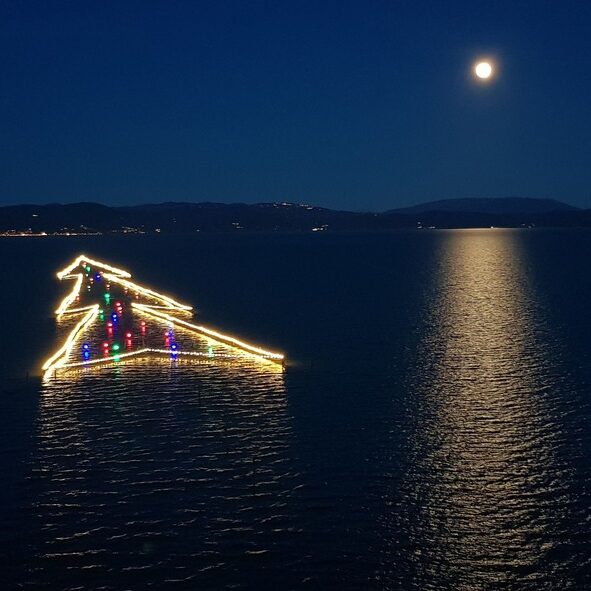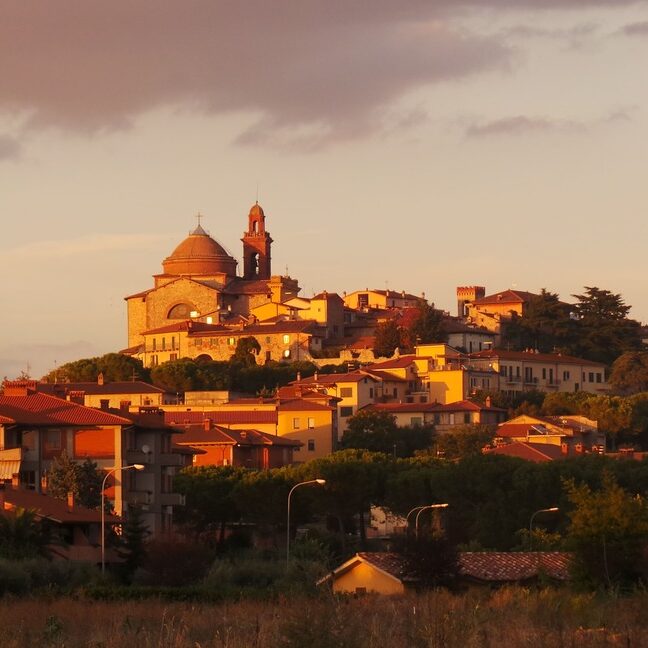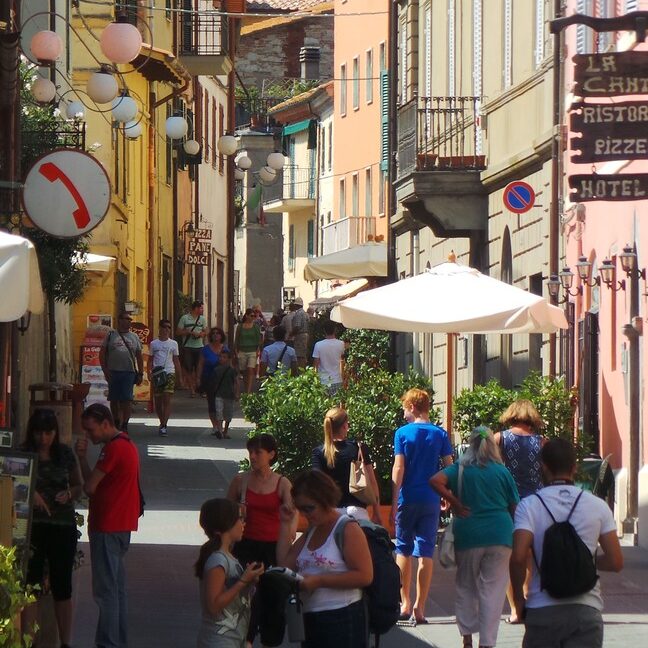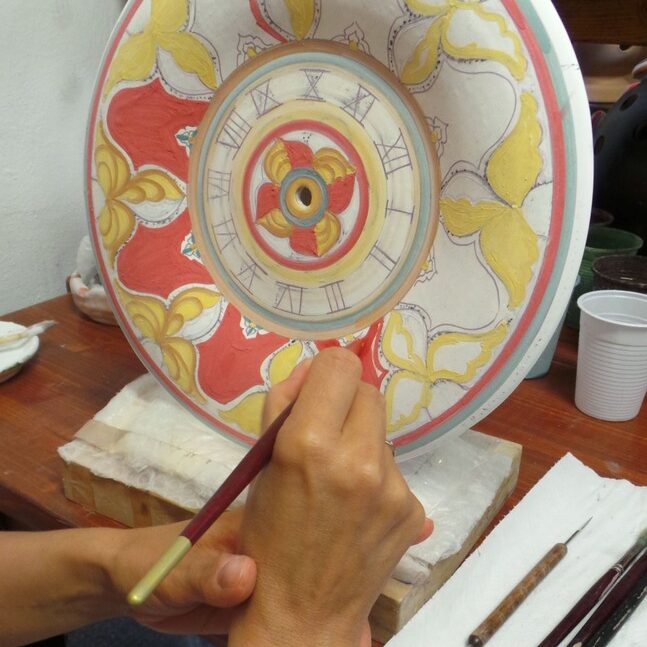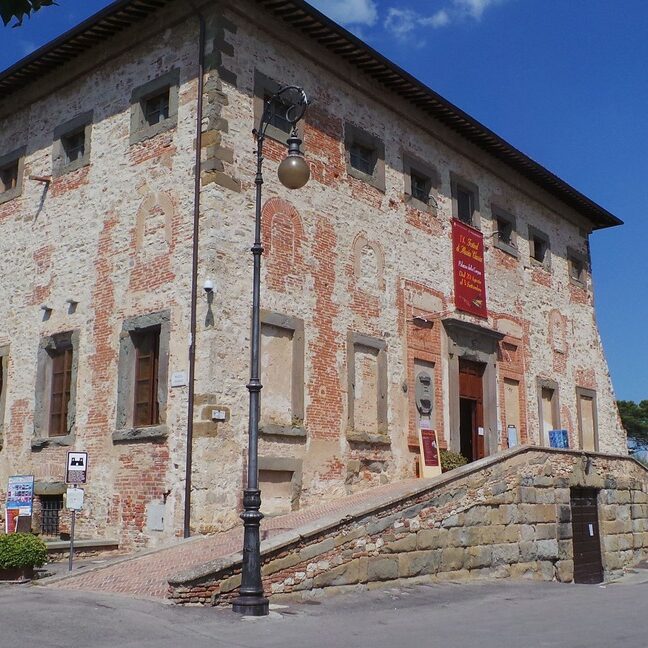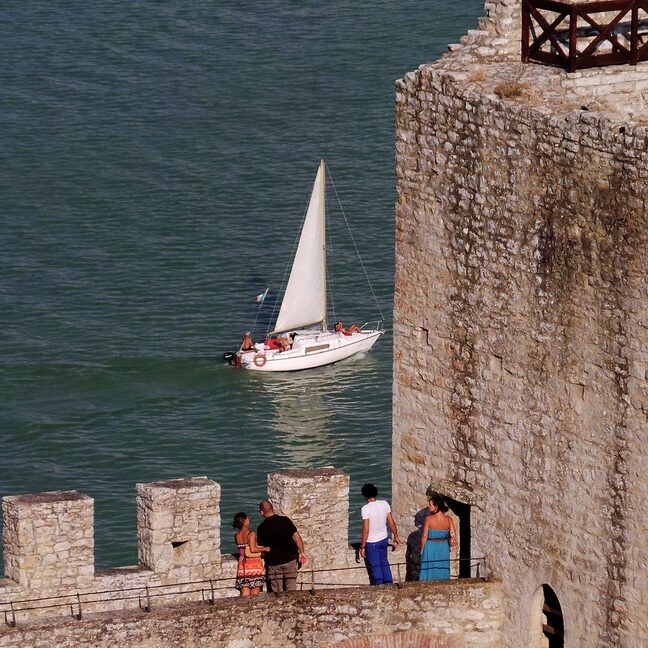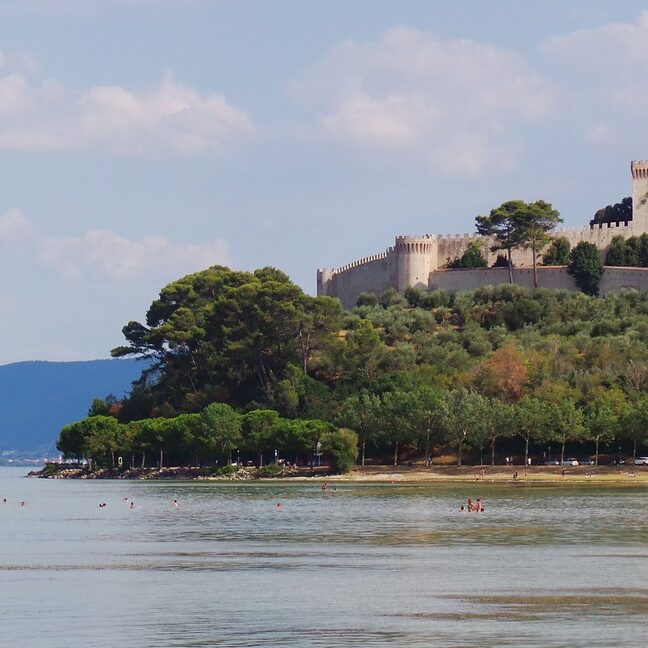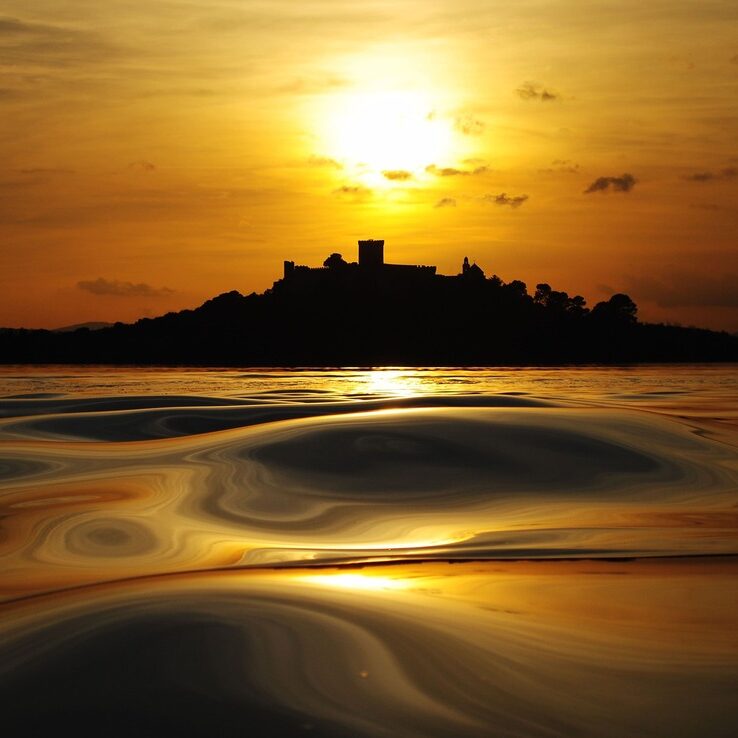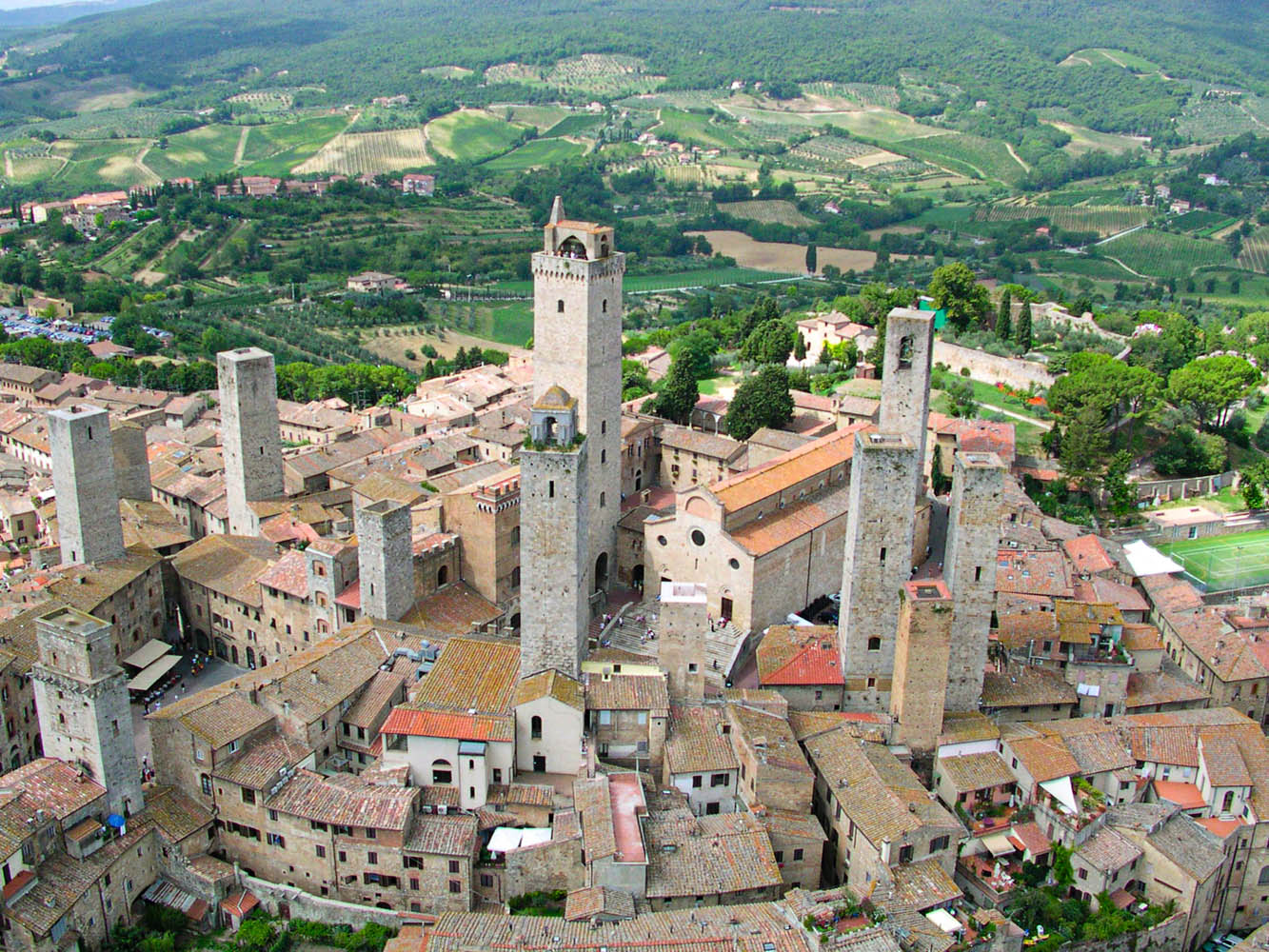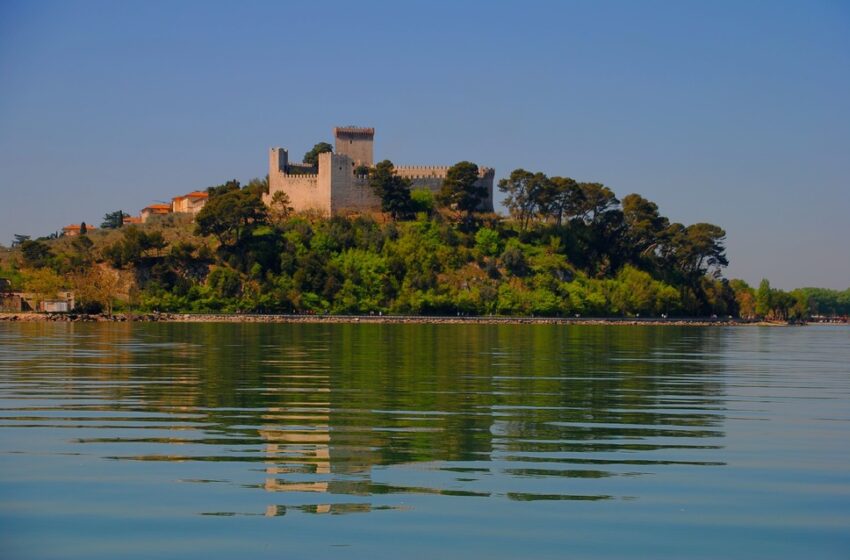
Under the sign of the Lion and the two Ladies. Castiglione del Lago and surroundings.
The history of Castiglione del Lago (PG) and the other villages overlooking the shores of Lake Trasimeno is a marvelous succession of glorious deeds, epics of heroes and peoples, but also a testament to the slow development of the silvo-agro-pastoral civilization, which has left in these places traces of a millennia-old wisdom, still alive in the customs, costumes, and local traditions.
An indelible mark left by History with a capital “H” in these parts is the Battle of Trasimeno (217 BC), a mark impressed by a lion from the past, perhaps the greatest general of antiquity, who although said to have been born under the sign of Capricorn, was, due to his imperious character, his leadership attitude, and his proverbial courage, a shining example of lion-like will.
Those glorious deeds remained alive in the centuries that followed, instilling in the inhabitants of these places a pride that manifested itself in the multiple historical events in which the strategic importance of Castiglione was the subject of disputes between the Guelf and Ghibelline factions of Cortona and Arezzo, which from the latter was destroyed and then rebuilt around the famous Castello del Leone (Lion Castle), built to defend the crucial junction along the road from Rome to Florence.
The Rocca di Castiglione or Rocca del Leone, with its characteristic irregular pentagon shape, conceived in relation to the appearance of the Leo constellation, was built starting from the 13th century and subsequently renovated and embellished over time. Remarkable is the ducal palace built next to the fortress by the della Corgna family, Lords of the area from 1563 to 1617.
Built on the remains of an Etruscan temple and the ruins of a Byzantine church, its position that allows a breathtaking view of Lake Trasimeno through a romantic walkway that winds between its curtain wall and the bastions that delimit it, certainly represents one of the main attractions of the Umbrian town.
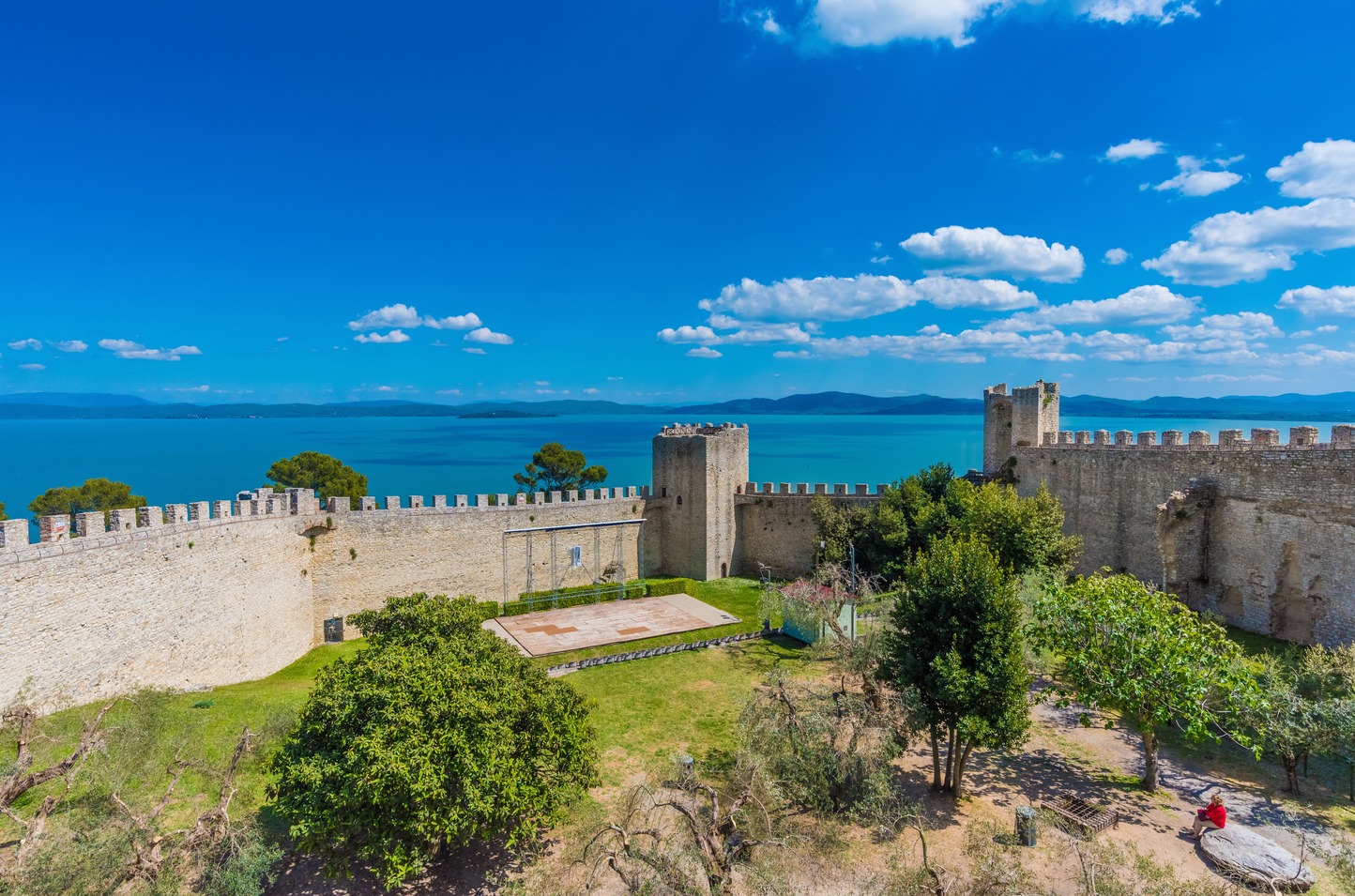
An important Papal fiefdom on the border between the Papal State and the Grand Duchy of Tuscany, elevated to the lordship of Castiglione and Chiugi (1550) and then to the rank of marquisate (1563), until its return to the Papal State in 1647, it constituted throughout the Middle Ages and the early modern era a fundamental resource for the entire Perugia area, as evidenced by the images decorating the sides of the statue depicting Augusta Perusia, adorning the Fontana Maggiore in Perugia, created by Nicola and Giovanni Pisano in 1278. In the upper part of the fountain, a symbol of Perugia, its emblem is represented with the cornucopia in its lap, drawing nourishment from the wheat brought by the Domina Clusii ferens granum/Lady of Chiusi bringing wheat (once the granary of the Umbrian capital) and from the fish donated by the Domina Laci ferens pisces/Lady of Lake Trasimeno bringing fish.
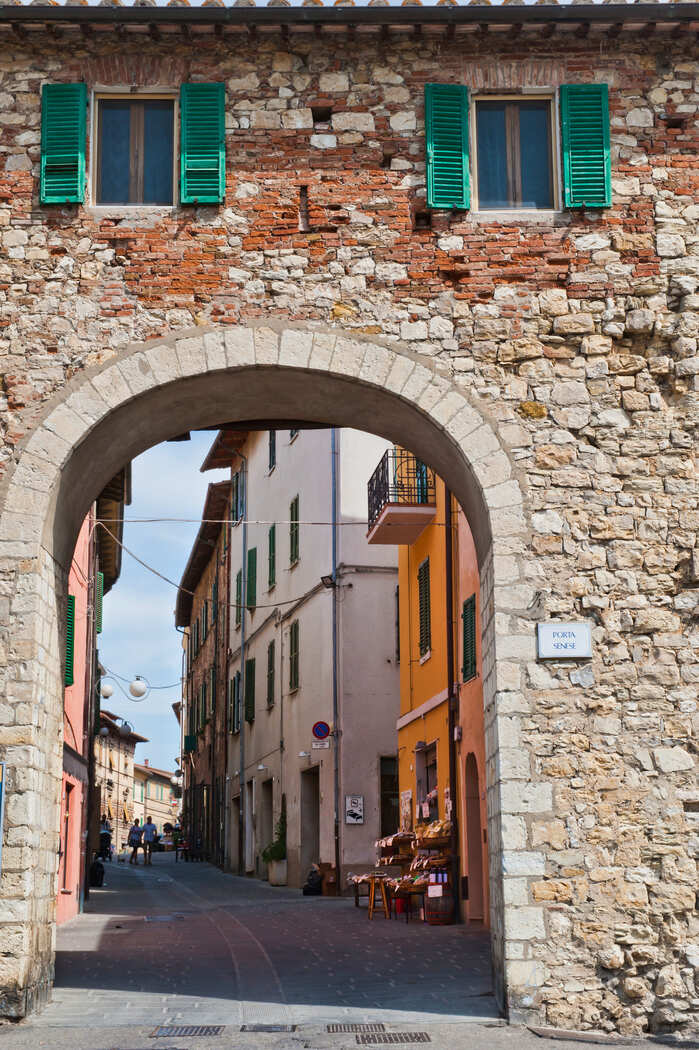
Even today, the richness of these places is testified by the products of the land and the lake exalted by the recipes of the local tradition, such as the tasty “torta al testo,” a type of flatbread made from water, flour, and salt, cooked over a fire on a hot plate and known by other names throughout Umbria (crescia, bico, ciaccia, pizza), to accompany cold cuts and cheeses, and the “tegamaccio del Trasimeno,” a fish soup prepared with fish from the lake (tench, eel, pike, and perch), cooked in a large terracotta pot (tegamaccio) for at least 2-3 hours over the coals.
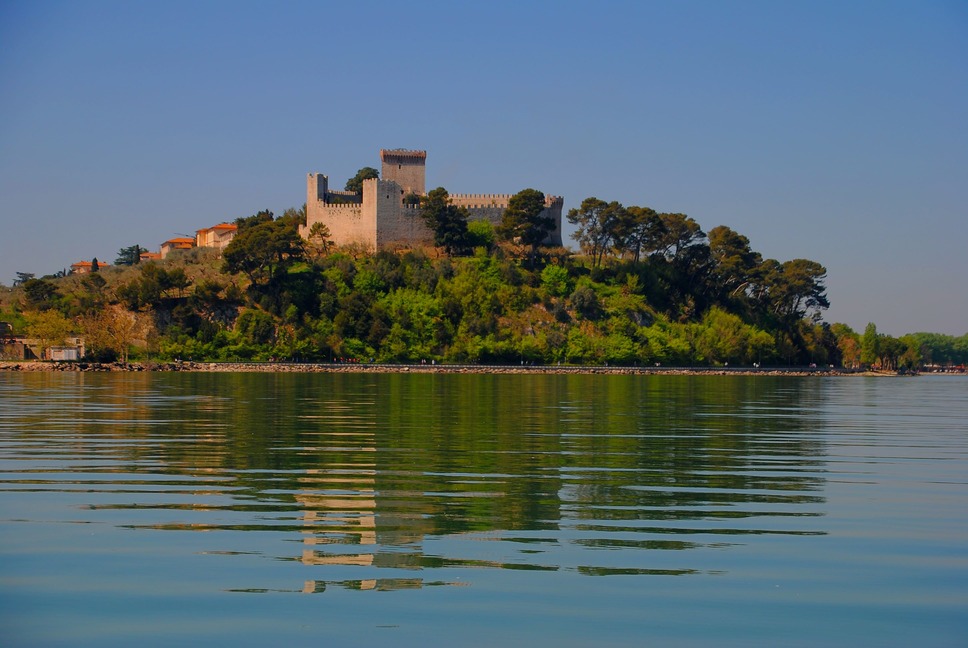
The fertile lands bordering the fateful lake of the Roman armies, witnesses to the glories of Etruscan civilization and still today jealous guardians of the traditions of peasant civilization, celebrated in the most important Umbrian festival dedicated to Italian and international folklore, are now renowned for this successful fusion of natural beauty and “human landscape” that make Castiglione and its surroundings (Panicale, Passignano) destinations for a conscious and respectful tourism, lovers of history and the pleasures of a gastronomy that is both tasty and authentic.
Gallery:
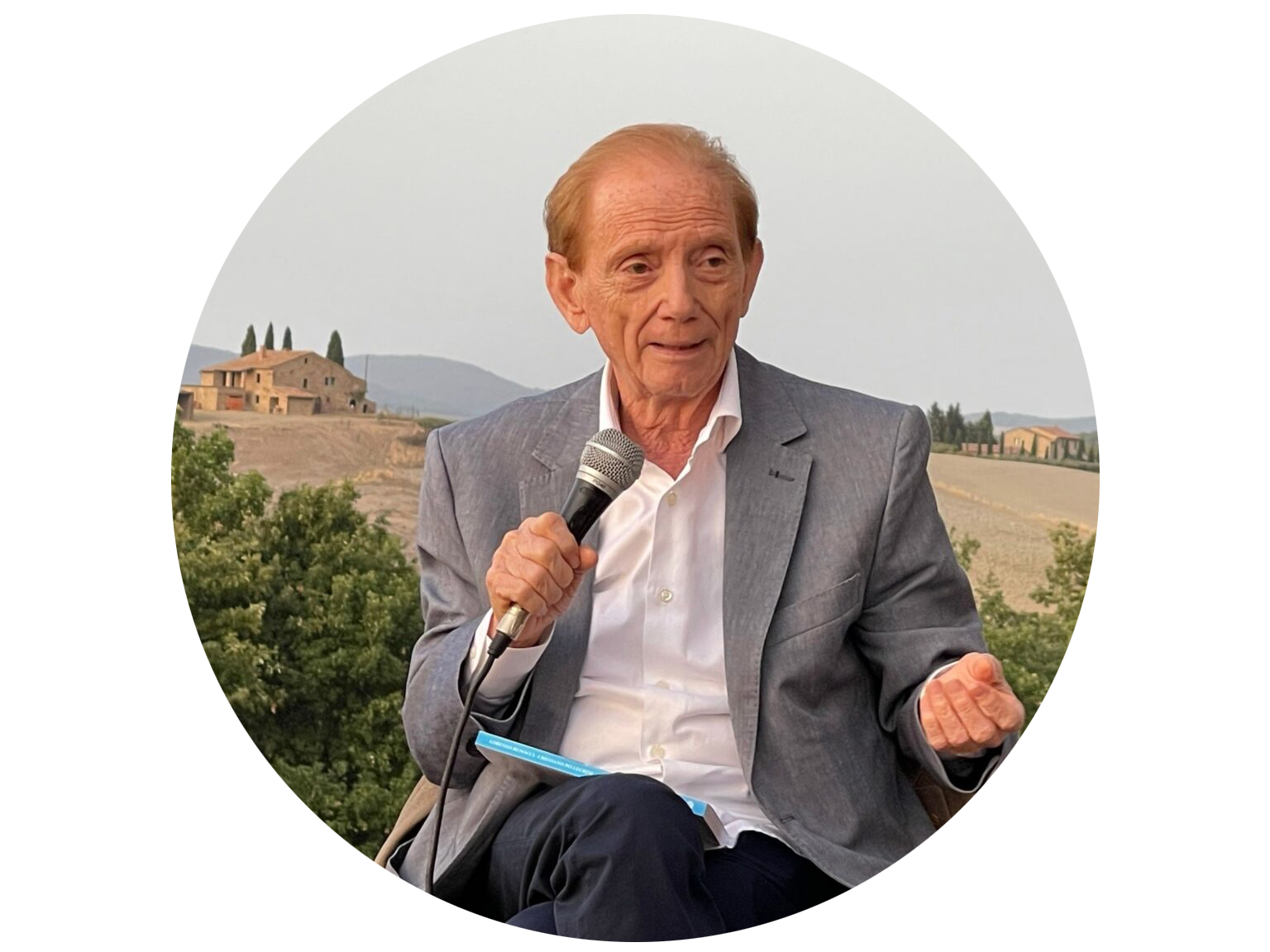
Giornalista italiano con oltre 40 anni di esperienza nel mondo dei media.
Leggi in:
![]() Italiano
Italiano





